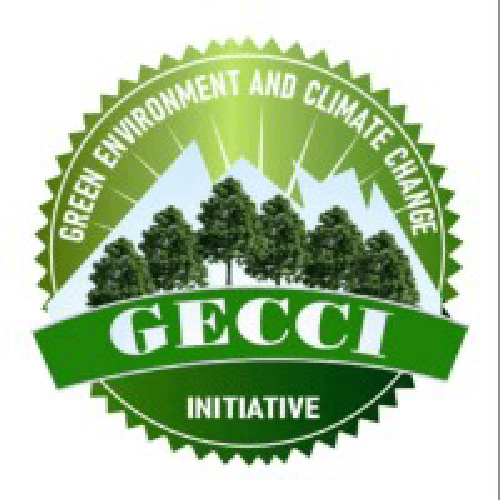Welcome to the SDG Awards, a distinguished recognition program honoring the remarkable contributions of individuals, organizations, and initiatives in championing the United Nations’ 17 Sustainable Development Goals (SDGs).

Landscape Restoration: Restoring degraded landscapes through large-scale tree planting and agroforestry projects, which help increase biodiversity and improve ecosystem resilience.